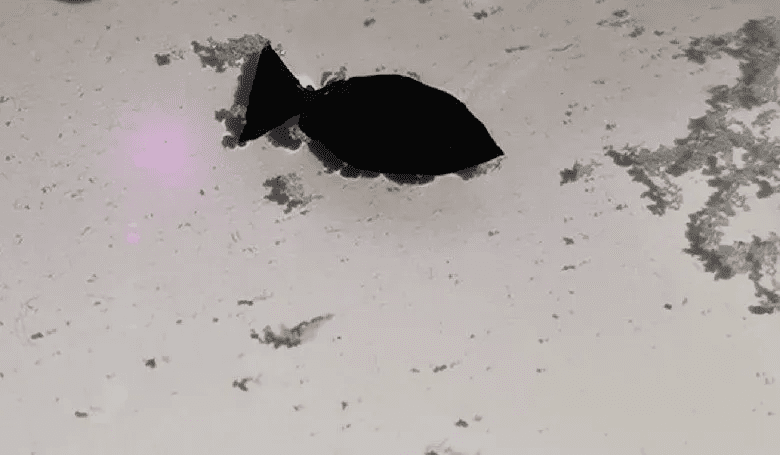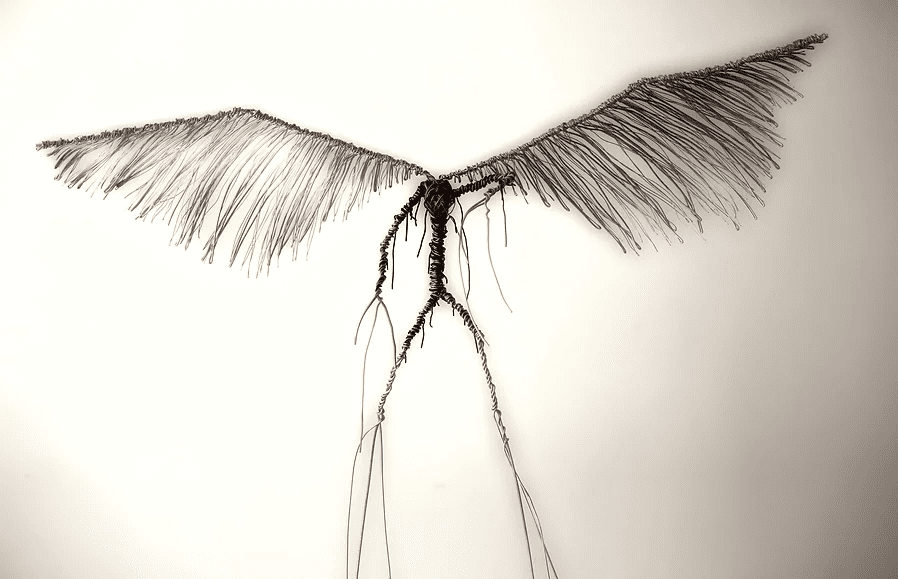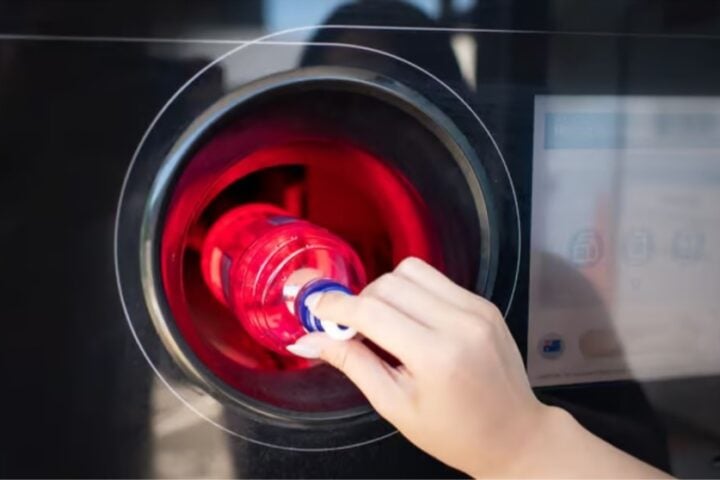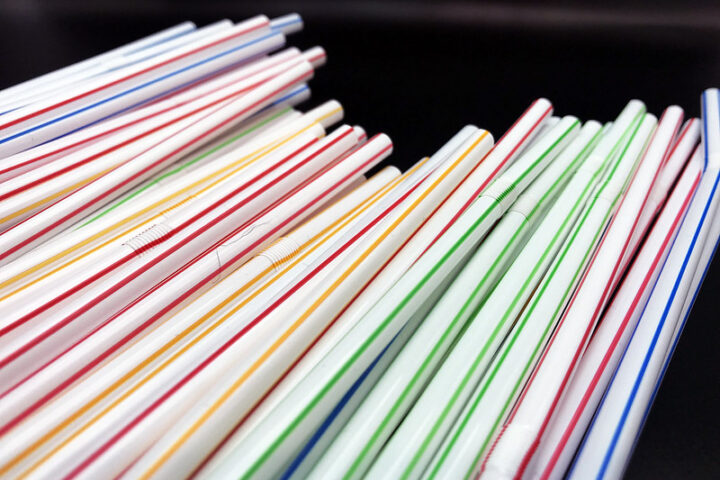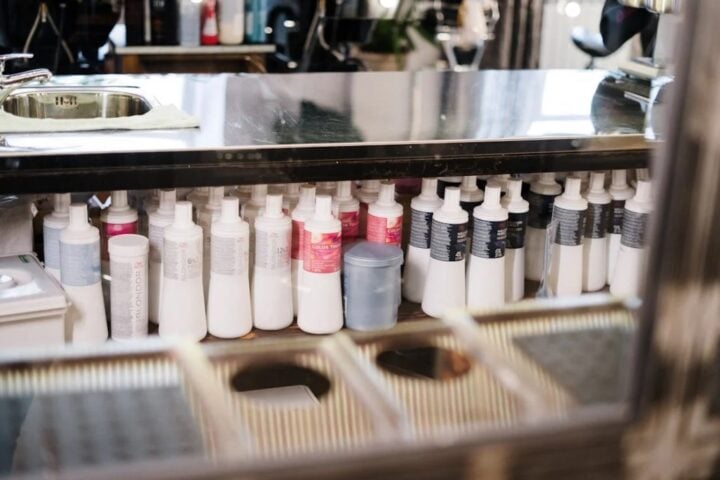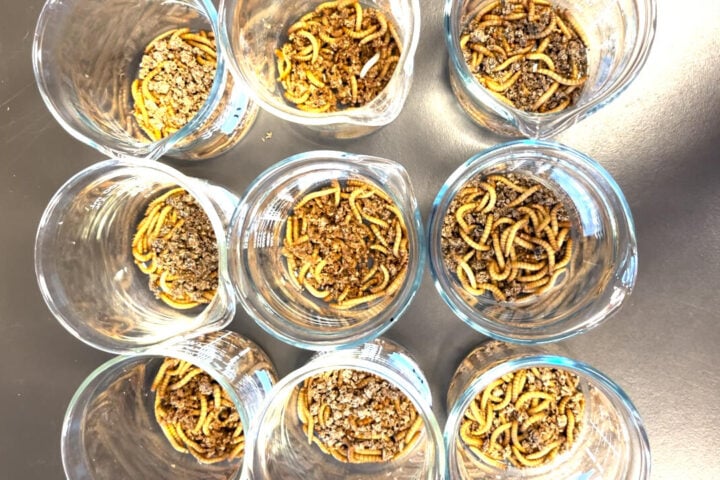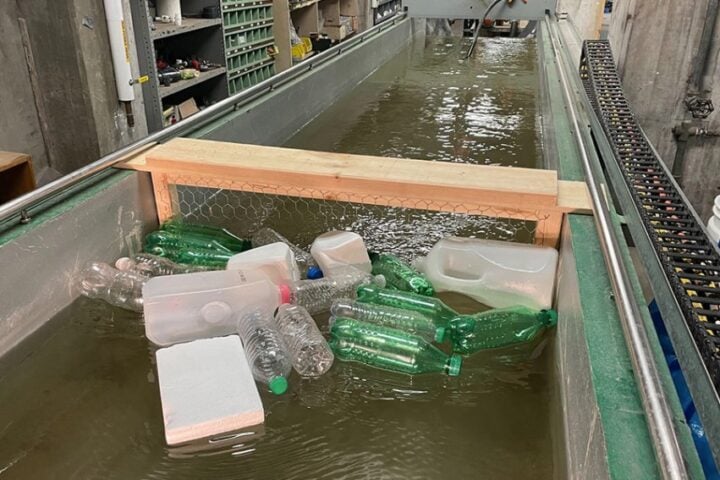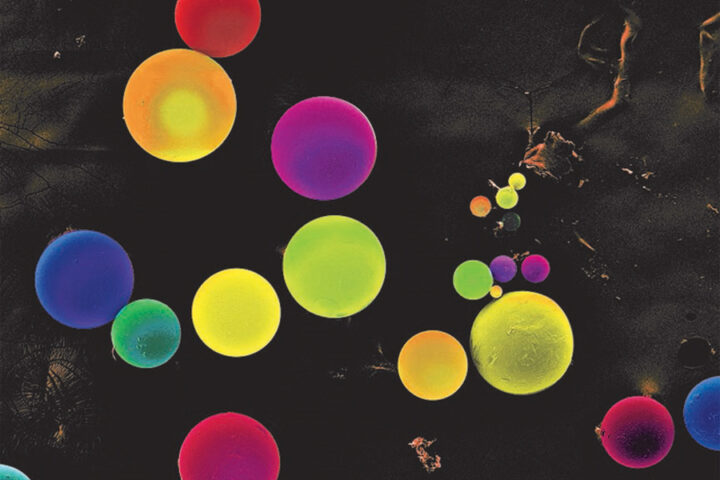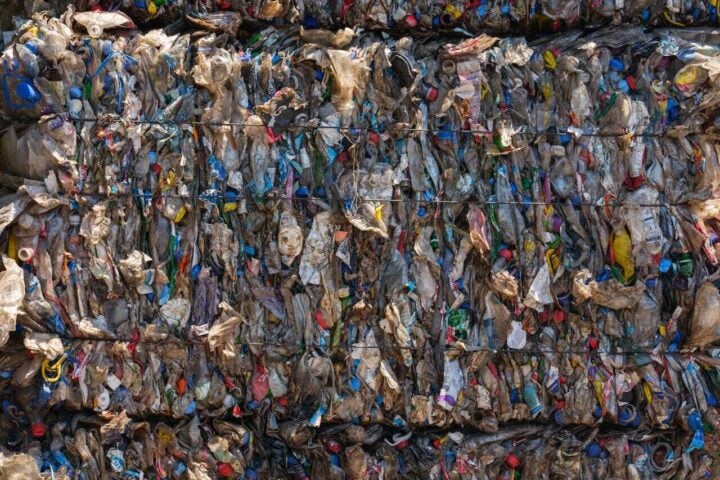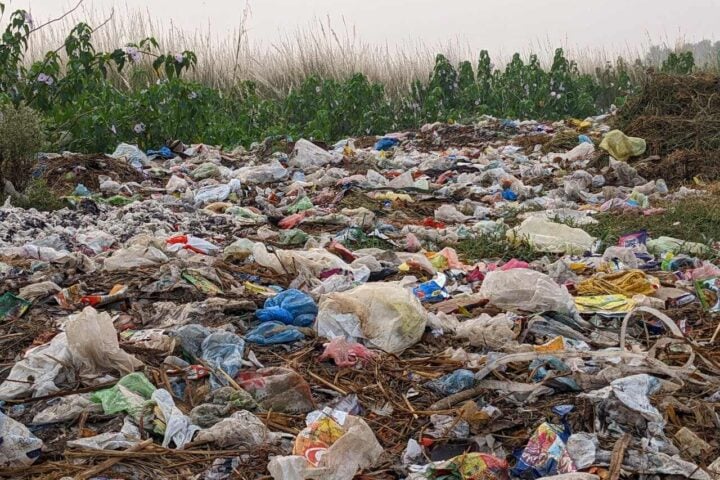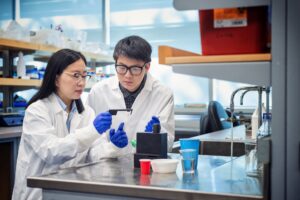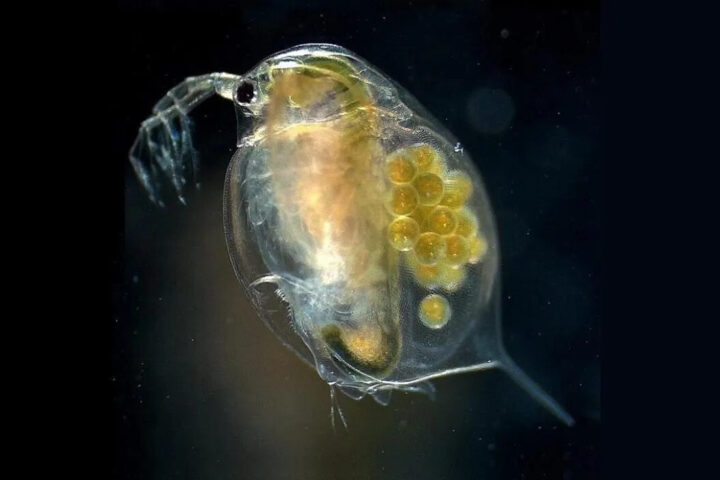A research which was cited by Yuyan Wang, Gehong Su, Jin Li, Quanquan Guo, Yinggang Miao, Xinxing Zhang from Sichuan & Xi’an in China and was published by ACS Publications. It reveals study and development of a robotic fish that can clean the microplastic in the ocean. Because of its flexible, self-healing body it can efficiently eliminate microplastics from seas and oceans.
Integration, lightness, and intelligence are key directions for soft robot development in the future. Existing soft robots are typically made of hydrogels or silicone rubber, and have poor mechanical properties by nature. They are readily broken, and are challenging to add functionality into.
Tiny robot-fish developed by the researchers can swim around and absorb micro plastics on its flexible, self-healing body in order to eliminate them from seas and oceans. Micro plastics are the countless quantities of very little pieces of plastic that break off of larger items made of plastic that are used on a daily basis, such as water bottles, vehicle tyres, and synthetic clothing. They are one of the biggest environmental issues of the twenty-first century because. Once released into the environment due the disintegration of larger plastics into smaller plastic, it is difficult to eliminate. They end up in drinking water, and food, harming both the environment and the health of humans and animals.
The robot-fish, which is only 13 mm long for now, can move around and swim at almost 30 mm per second owing to a light laser system in its tail, which is about the same pace as plankton in moving water. Up to 2.76 body lengths can be covered by the robotic fish in one second. This is quicker than most comparable soft robots, according to the researchers.
The tiny self-propelled robot-fish that can swim around, grab onto floating micro plastics. It can repair itself if it gets cut or broken during expeditions and is unique to Sichuan University and its researchers as a novel way to find these pollutants and stop water contamination.
Mother-of-pearl often referred to as nacre, which is the internal lining of clam shells, was used by the researchers to build the robot since it is inspired by substances that exist in the water. The group layered numerous small sheets of molecules in accordance with the distinct chemical gradient of nacre to produce a substance that resembled nacre.
According to the study, this resulted in a robot-fish that is stretchable, flexible to twist, and even capable of pulling up to 5kg in weight. The organic colors, antibiotics, and heavy metals in the micro plastics have strong chemical bonds and electrostatic interactions with the fish’s components. This explains why the bionic fish can absorb surrounding free-floating micro plastic. The fish will gather and drag micro plastics from the water by making them cling to its surface.
Yuyan Wang, a researcher at the Polymer Research Institute of Sichuan University and one of the study’s primary authors, points out that this is only a preliminary concept and much more investigation is required. Particularly into how this may be applied in the real world. Wang’s team is presently developing a more functionally complicated robot-fish that can travel deeper under the water because the soft robot, for instance, can only operate on water’s surface at the moment. However, Wang suggested that this bionic design might serve as a springboard for additional initiatives of the same nature.
“Nanotechnology has enormous promise for trace absorption, collection, and detection of contaminants, enhancing intervention effectiveness while lowering operating costs,” the author believes.
According to Philip Demokritou, the director of the Nano science and Advanced Materials Research Center at Rutgers University, nanotechnology will be one of the most significant players in the fight against micro plastics.
Demokritou’s lab likewise focuses on employing nanotechnology to remove micro plastics from the environment, but they are attempting to replace them rather than cleaning them up.
Yuyan Wang said, “It is of tremendous significance to create a robot to precisely collect and sample harmful micro plastic contaminants from the aquatic environment.”
With the irradiated light function, which helps it to flap its fins and wiggle its body, these black robot fish that have been placed in the water can still be controlled by the scientists from the outside to avoid colliding with other fish or ships, for that matter. Because polyurethane is created from a material that is also biocompatible, it can be digested without causing any harm if it is accidently consumed by another fish, according to Wang.
